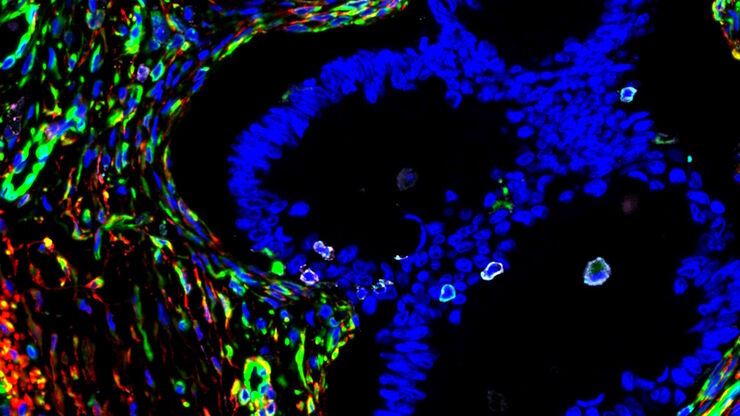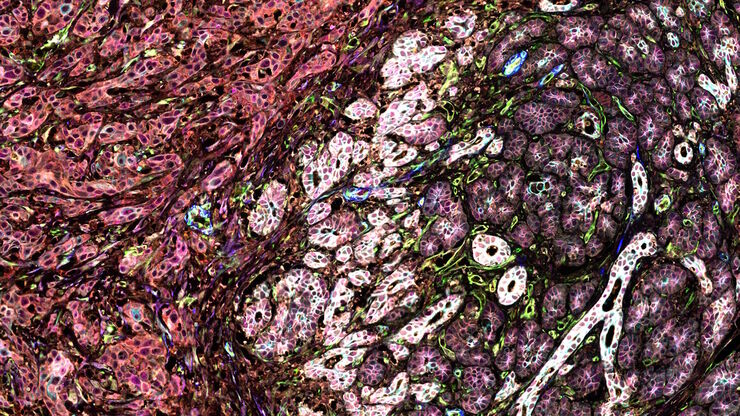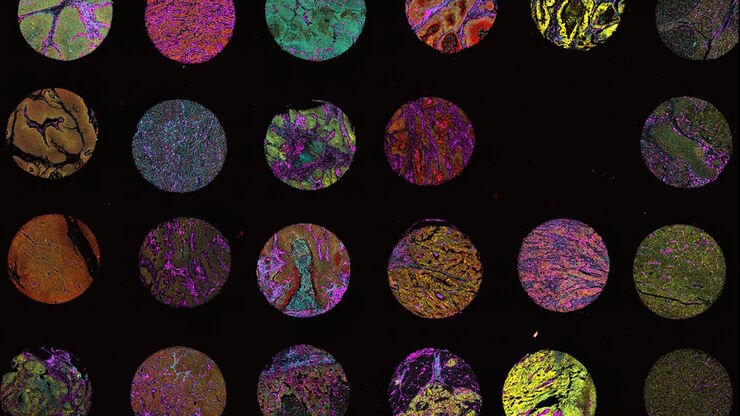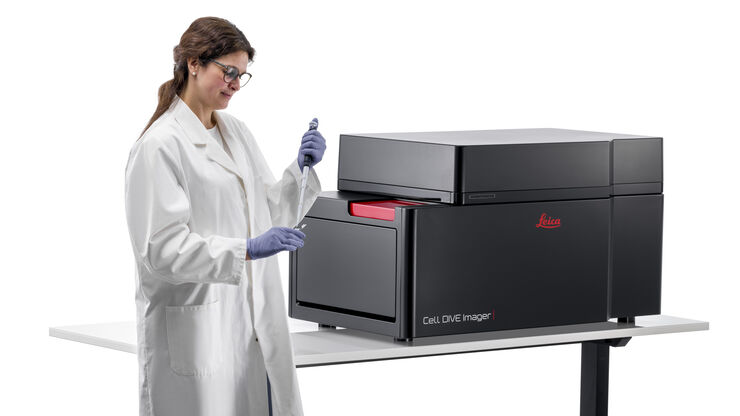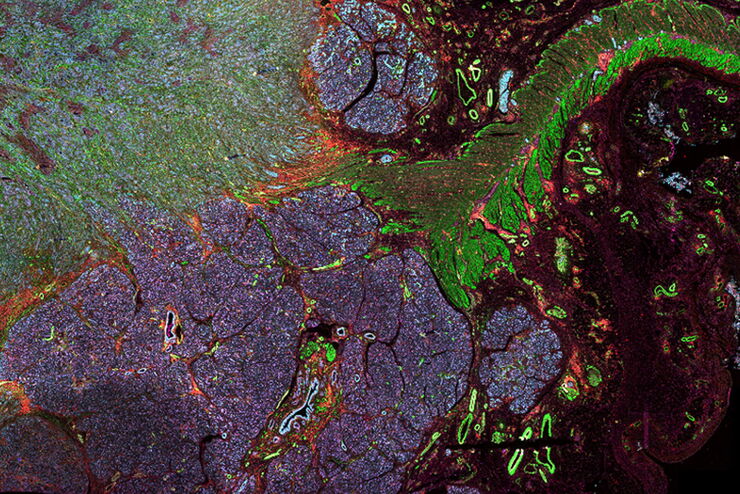Michael Smith , Ph.D.

Michael Smith, Ph.D. is Application Manager for the Cell DIVE Multiplexed Imaging Solution at Leica Microsystems. He completed a Ph.D. in the genetics of DNA repair at Columbia University and a postdoctoral fellowship in genome integrity and cellular aging at Memorial Sloan Kettering Cancer Center, where he leveraged microscopy to understand the real-time dynamics of DNA homeostasis. His passion for answering biological questions using imaging technologies led him to his current position, where he provides technical expertise and customer support for the Cell DIVE platform.
